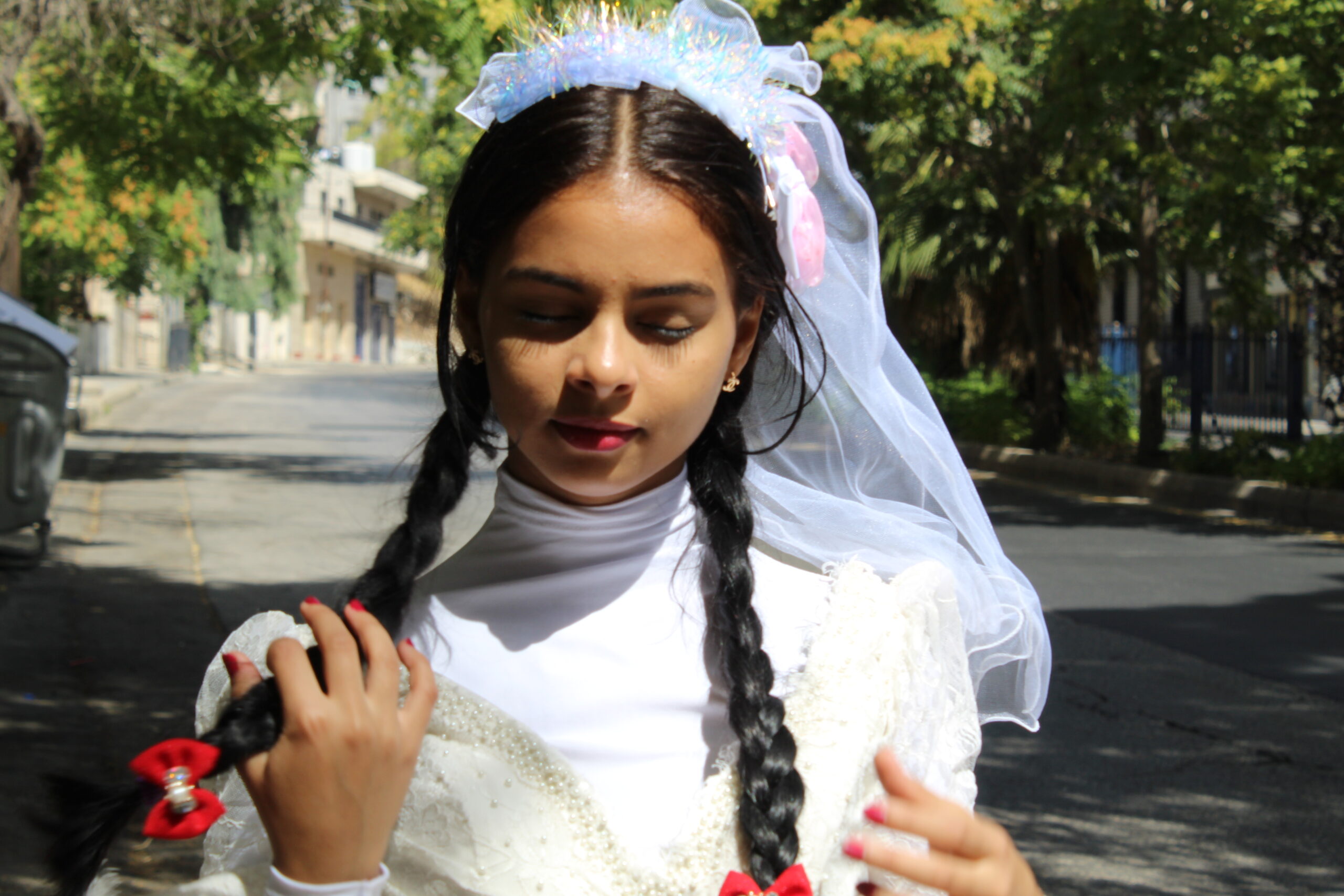Breaking the Chains: Analyzing the Impact of the Child Marriage Act

In today’s world, where progress and equality are championed, it is disheartening to acknowledge that child marriage continues to persist as a prevalent issue across many communities around the globe. This archaic practice not only violates the fundamental rights of children, but it also perpetuates a cycle of poverty, illiteracy, and gender inequality. It is crucial for societies to recognize the urgency of addressing this grave injustice and take informed actions towards eradicating child marriage.
The roots of child marriage can be traced back to deep-rooted cultural norms, traditions, and societal pressure. Often driven by poverty, families view marriage as a means of security for their young daughters, unaware of the far-reaching negative consequences it entails. For many children, child marriage results in the abrupt end of their education and limits their future prospects. The impact is particularly severe for young girls, as they face increased risks of domestic violence, health complications, and early pregnancies.
To combat child marriage, governments and organizations worldwide have implemented legislative measures known as the Child Marriage Act. These acts aim to set a minimum age for marriage, prohibit marriage before adulthood, and protect the rights and well-being of children. The primary objective is to empower young individuals and ensure their access to education, healthcare, and economic opportunities.
Education plays a fundamental role in breaking the cycle of child marriage. By providing children, especially girls, with quality education, we equip them with the tools needed to challenge societal norms, foster critical thinking, and pursue their dreams. Education not only empowers children but also enables them to make informed choices about their own lives. It is essential for communities to invest in education and promote awareness about the adverse effects of child marriage.
Promoting gender equality is another crucial aspect of addressing child marriage. Societies must work towards dismantling patriarchal structures and promoting opportunities for women and girls. This includes promoting women’s participation in decision-making processes, providing access to healthcare services, and combating gender-based violence. By empowering women and girls, we eliminate the reasons that often drive families to resort to child marriage.
Furthermore, comprehensive reproductive health programs need to be implemented, providing young individuals with accurate information about their sexual and reproductive health rights. By equipping them with knowledge and access to contraceptives, we can reduce instances of early pregnancies and promote family planning. These efforts must be complemented by fostering economic opportunities for disadvantaged households, ensuring families are not driven to marry off their daughters due to financial circumstances.
As responsible members of society, it is incumbent upon each of us to take action against child marriage. We must actively challenge cultural norms and prejudices that perpetuate this harmful practice. By raising awareness, advocating for policy changes, and supporting organizations that work towards eliminating child marriage, we can collectively bring about positive change and safeguard the rights and futures of vulnerable children.
In conclusion, the persistence of child marriage is a stark reminder of the work that remains to be done in achieving a truly equitable and just society. By addressing the underlying factors that fuel this practice, promoting education, gender equality, and reproductive health rights, we can lay a strong foundation for eradicating child marriage. Let us stand united against this injustice and work towards a future where every child can grow and thrive, free from the shackles of child marriage.
Human right activist
Nada Foundation




